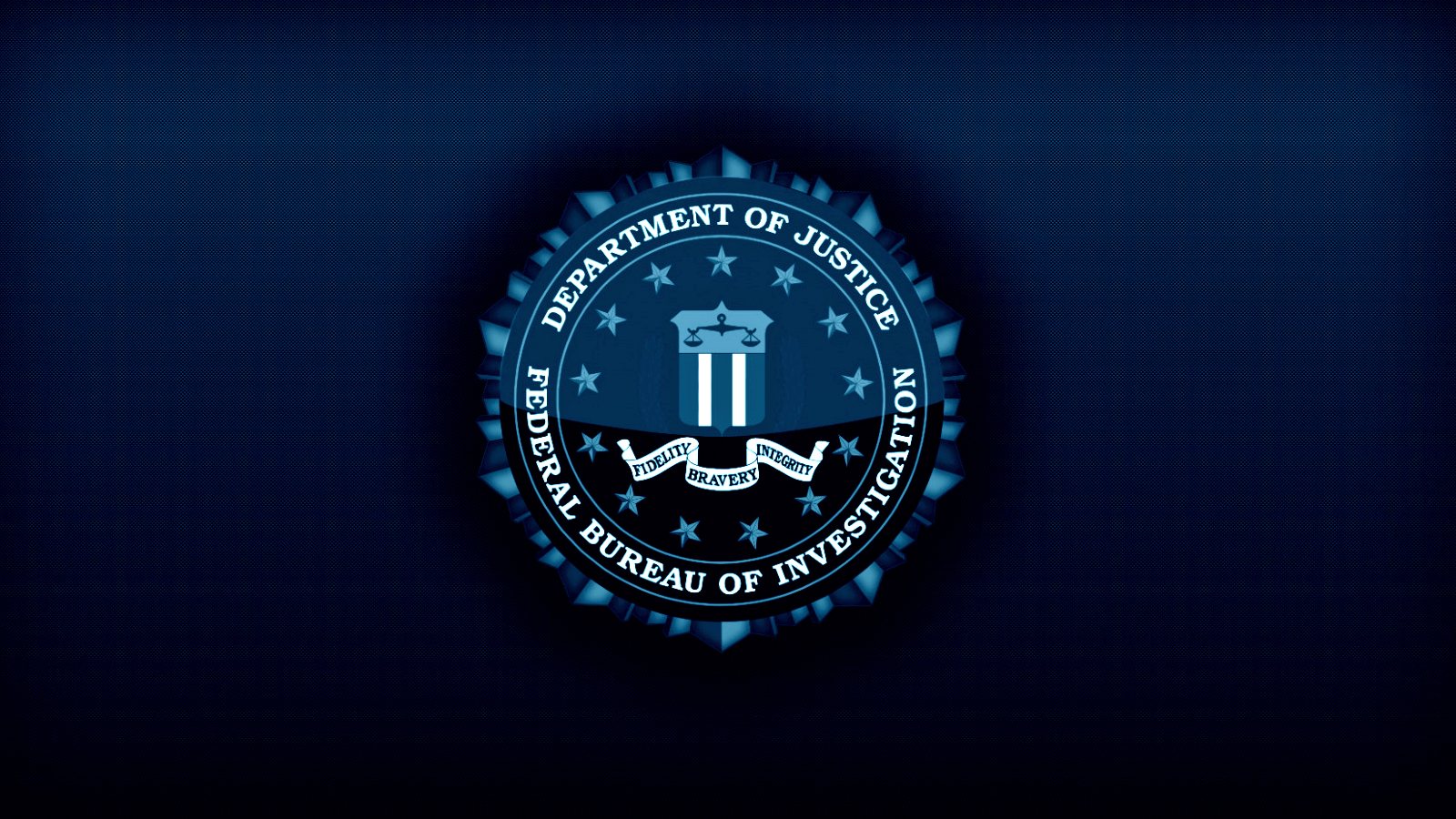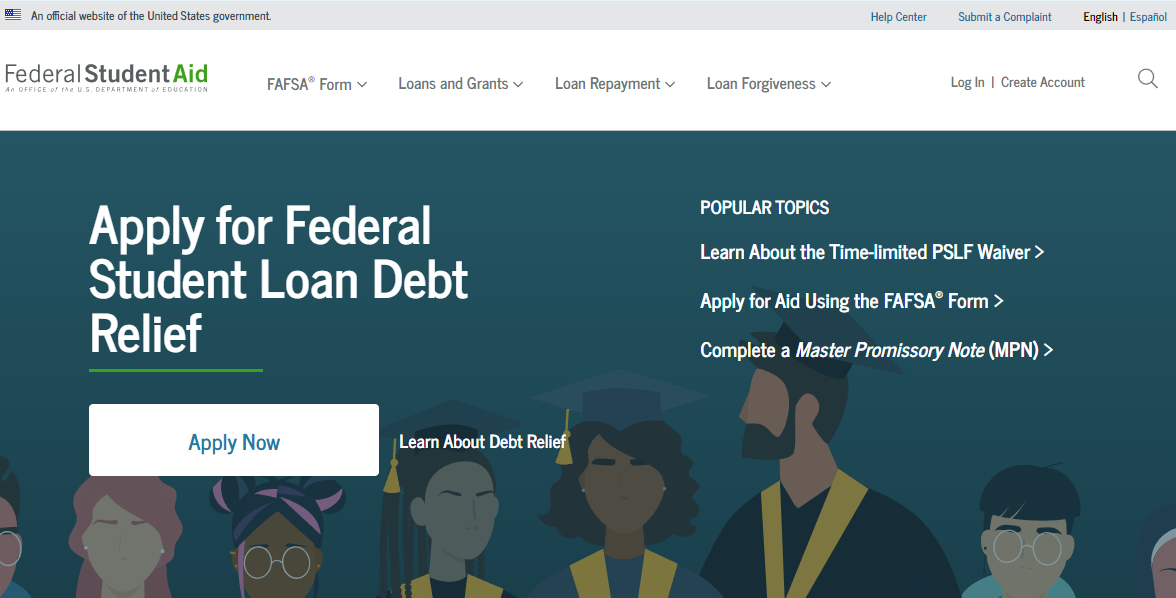
The FBI has released a warning that scammers may be targeting individuals seeking to enroll in the Federal Student Aid program to steal their personal information, payment details, and money.
Federal Student Aid is a debt relief program announced in August 2022 that opened for applications yesterday. Its goal is to help student loan recipients manage their debt by wiping between $10,000 and $20,000 from the credit, depending on whether they are Pell Grant recipients.
Eligible individuals must have an income below $125,000 or a total of $250,000 for joint filers, and the deadline for application is December 31, 2023.
The program represents an opportunity for scammers to set up fraudulent websites that mimic the application form, send "benefit eligibility" phishing emails or SMS, and try multiple fraud channels against people.
"Cybercriminals and fraudsters may purport to offer entrance into the Federal Student Loan Forgiveness program, contacting potential victims via phone, email, mail, text, websites, or other online chat services" - the Federal Bureau of Investigation.
"Cybercriminals and fraudsters use their schemes to receive payment for services they will not provide or collect victim information they can then use to facilitate a variety of other crimes," the agency added.
There's an estimate of 45 million of student loan borrowers in the United States, collectively owing $1.6 trillion.

Applying for the real federal student aid program is free of charge, so potential targets should pay attention to any requests to pay for enrolling in the program or for processing the application.
Furthermore, the real application process does not require users to log into any accounts, nor does it ask individuals to upload any documents, personal or financial, during the first phase of the application.
- Requests for additional information and documents will come during the next stage, and beneficiaries will be contacted from these email addresses: noreply@studentaid.gov
- noreply@debtrelief.studentaid.gov
- ed.gov@public.govdelivery.com
Finally, the U.S. government will not distribute notices to program beneficiaries, so any emails, phone calls, or SMS messages pointing to alleged application forms are attempts to defraud the recipients.
The only official way to apply for the debt relief program is to visit studentaid.gov.
Borrowers are advised to treat incoming communication cautiously and monitor Federal Student Aid's social media channels for updates about the program and, potentially, timely warnings about fraud.
The FTC (Federal Trade Commission) has also posted a warning about the same topic yesterday, offering tips on how to stay clear of scams.


Post a Comment Community Rules
You need to login in order to post a comment
Not a member yet? Register Now